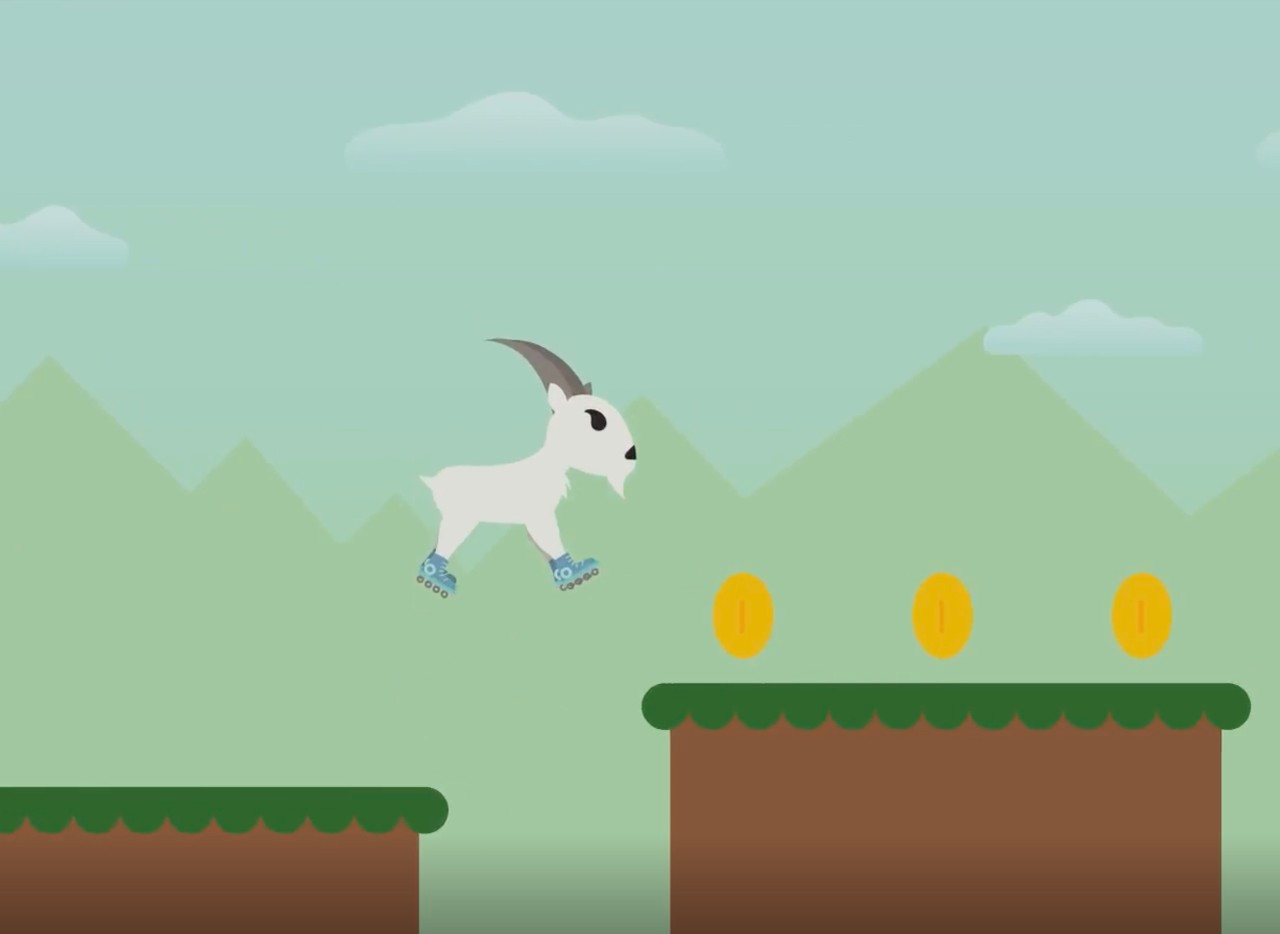
An animated goat helps kids with pronouncing 'R' sounds
Local 12, Spectrum News report on UC researchers' speech therapy video game
A collaborative effort between researchers at the University of Cincinnati is helping children overcome difficulties in pronouncing certain sounds, including “R,” Spectrum News and Local 12 reported.
Speech language pathologist Suzanne Boyce, PhD, is the principal investigator of a research team that has received a patent and a National Institutes of Health (NIH) grant to develop video game biofeedback for speech learning. The video game builds off Boyce’s previous work in using ultrasound to overcome difficulties with speech.
“We realized when we saw that ultrasound would pick up visual feedback of the tongue, is that that’s visual feedback and that’s much faster,” Boyce told Local 12. “So, the child can say something and see what’s happening on the screen in real time.”
The visual feedback helps children when they're learning how to pronounce a sound. To make the process more fun, and to help kids learn implicitly, the researchers created a video game that makes the child's tongue the controller of an animated goat that jumps from platform to platform.
“That, to me, is a win of how do you train people to collaborate between different industries to solve problems that matter?” Reneé Seward, an endowed associate professor of communication design, said to Spectrum News. “And I think that that's what they were doing. And then the problem that matter, it's seeing children, who are struggling to speak, just gain motivation to keep wanting to get better.”

University of Cincinnati researchers are developing a video game to help children with speech therapy. Pictured, left to right, are Sarah Biehl, a master’s student in biomedical engineering; postdoctoral researcher Sarah Dugan, PhD, who is a speech language pathologist; speech language pathologist Suzanne Boyce, PhD, is the principal investigator of a research team; and Reneé Seward, an endowed associate professor of communication design in the College of Design, Architecture, Art, and Planning. Photo/Andrew Higley/UC Marketing + Brand
Researchers from UC's College of Allied Health Sciences, College of Design, Architecture, Art, and Planning (DAAP) and College of Engineering and Applied Science have worked together to create the game. More than 25 students have contributed including biomedical engineering graduate student Nicholas Schoenleb.
“I think of in terms of experiences, the ability to interact with patients and participants is something that's really unique,” Schoenleb said to Spectrum News. “It really challenges you to not only just, be better, but just to work harder in everything. I think that's super valuable.”
The researchers are working with children ages 7 to 17 who have trouble with “R” sounds but think the research could have wider applications.
“This can help to shorten the duration of time in speech therapy, because the kiddo and the speech therapist can watch together and say, oh, no, that's not quite right,” Sarah Dugan, a postdoctoral researcher and speech language pathologist, said to Spectrum News.
See more from Local 12 and Spectrum News.
Featured image at top: A goat on roller skates jump from platform to platform in a video game developed at the University of Cincinnati. McKenna Becker, a DAAP student, created the design.
Innovation Lives Here
The University of Cincinnati is leading public urban universities into a new era of innovation and impact. Our faculty, staff and students are saving lives, changing outcomes and bending the future in our city's direction. Next Lives Here.
Related Stories
An animated goat helps kids with pronouncing 'R' sounds
May 29, 2024
A collaborative effort between researchers at the University of Cincinnati is helping children overcome difficulties in pronouncing certain sounds, including “R,” Spectrum News and Local 12 reported.
National rankings highlight UC’s co-op program, innovation
September 12, 2022
The University of Cincinnati’s co-op program stands at No. 4 in the U.S. News & World Report’s latest rankings, continuing its historical placement among the top five co-op programs in the country — and No. 1 for co-op among public universities. The latest 2023 issue of the magazine’s influential “Best Colleges” guide ranks UC in the top tier, including among the “most innovative among national universities,” (No. 68) — UC’s first-ever ranking in that category.
UC welcomes record-breaking student body
August 26, 2024
The University of Cincinnati anticipates record enrollment as classes begin Monday, Aug. 26, with a projected 52,000 students — a 2.1% increase over last year. Growth continues but is more strategic with the university attracting more online learners, a greater number of transfer and first-generation students along with a stronger student presence on regional campuses at Blue Ash and Clermont.
